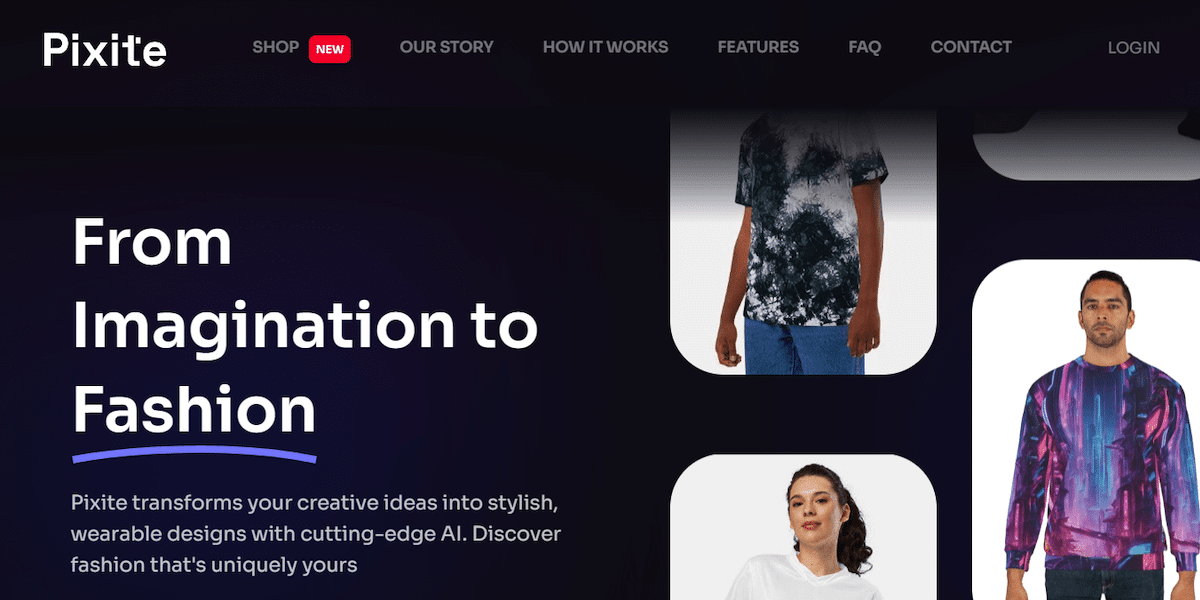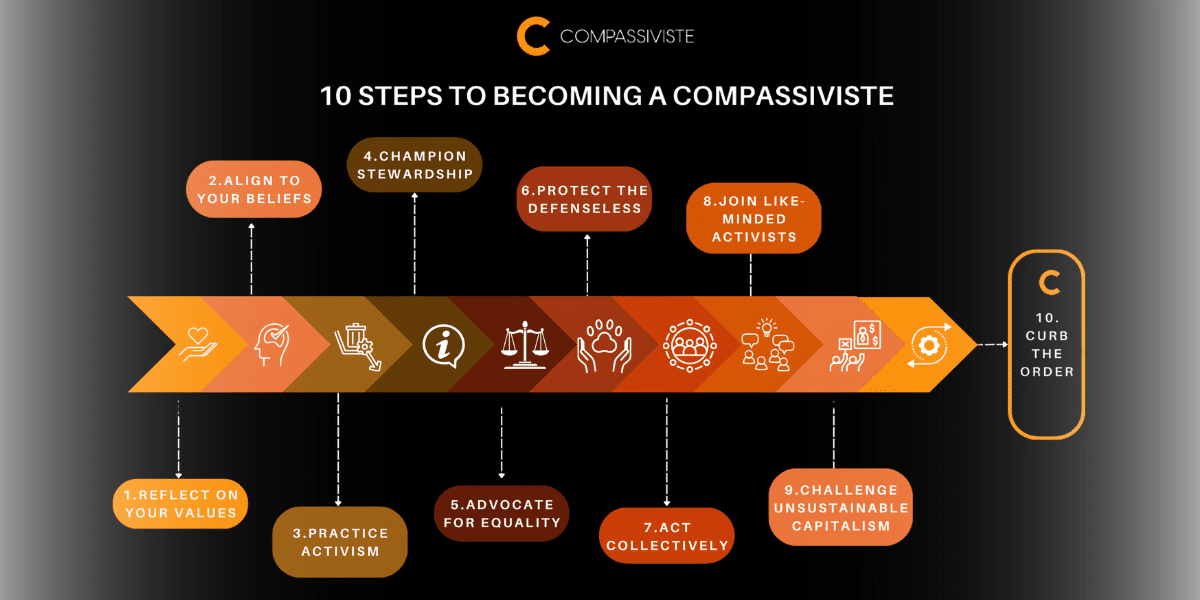By: Ethan Larson
In today’s rapidly evolving technological landscape, the need for diverse leadership in the tech industry has never been more crucial. While strides have been made towards inclusivity and representation, the reality remains stark—executive positions in tech companies still predominantly lack diversity, stifling innovation and perpetuating systemic inequalities within the industry.
Innovative recruitment platform, Boardsi, reviews the pressing need for diversification in tech leadership roles. Boardsi CEO & co-founder, Martin Rowinski, explores the barriers that have historically prevented marginalized groups from ascending to executive positions and discusses the detrimental effects of homogeneity at the top. With his keen insight into executive board recruitment, Rowinski unpacks strategies and initiatives driving positive change toward a more inclusive and equitable future in tech leadership. By understanding the importance of diversity and implementing actionable steps, companies like Boardsi can pave the way for a tech industry that thrives on the richness of diverse perspectives.
Understanding the Need for Diversity in Tech Leadership
Diversity in tech leadership encompasses the representation of individuals from various backgrounds, including but not limited to race, ethnicity, gender, sexual orientation, age, and socio-economic status. Such diversity fosters a breadth of perspectives, experiences, and skills within leadership teams, leading to enhanced innovation, creativity, and decision-making capabilities.
“Research consistently demonstrates that diverse teams outperform homogenous ones, particularly in industries reliant on innovation and problem-solving, such as technology,” says Martin Rowinski. “Diverse leadership teams bring a wider range of insights to the table, enabling more comprehensive problem identification and solution generation.”
Diverse perspectives challenge groupthink and encourage critical evaluation of ideas, resulting in more robust strategies and outcomes. Despite the clear benefits, several misconceptions and barriers persist in achieving diversity in tech leadership. These may include unconscious biases in hiring and promotion practices, lack of representation in the talent pipeline, and organizational cultures that inadvertently perpetuate exclusivity. Addressing these barriers requires intentional efforts to promote inclusivity, equitable opportunities, and cultural transformation within tech companies.
Identifying Challenges in Diversifying Executive Talent
The tech industry grapples with systemic challenges that hinder the diversification of executive talent. One prominent issue is the prevalence of bias in hiring and promotion processes, where unconscious prejudices can influence decision-making.
Notes Rowinski, “Biases may manifest in various forms, including affinity bias, where individuals tend to favor candidates who resemble themselves, and confirmation bias, which reinforces existing beliefs and stereotypes.”
The “pipeline problem” presents a significant obstacle to diversity in tech leadership. Historically, marginalized groups have faced barriers in accessing educational and career opportunities in STEM fields, leading to a limited pool of diverse talent for leadership roles. To address this, initiatives focusing on education, mentorship, and career development are crucial in cultivating a more diverse talent pipeline.
Unconscious bias further exacerbates the pipeline problem by perpetuating inequities in hiring and promotion practices. Despite efforts to promote diversity, unconscious biases often influence decision-makers perceptions and evaluations of candidates, resulting in overlooked talent and perpetuated disparities. Recognizing and mitigating unconscious bias through training, structured hiring processes, and diverse hiring panels are essential steps toward fostering a more inclusive and equitable tech leadership landscape.

Photo: Unsplash.com
Strategies for Cultivating Diverse Executive Talent
Successful initiatives and programs targeting diversity in tech leadership have emerged, showcasing promising strategies for cultivating diverse executive talent. These initiatives often focus on proactive recruitment efforts, such as targeted outreach to underrepresented groups, diversity-focused leadership development programs, and implementing inclusive hiring practices. Additionally, mentorship, sponsorship, and allyship play crucial roles in fostering diverse talent pipelines. Mentorship programs provide guidance and support for aspiring leaders from underrepresented backgrounds, while sponsorship initiatives actively advocate for their advancement within organizations. Allyship involves individuals from privileged groups leveraging their influence to amplify the voices and opportunities of marginalized colleagues.
“Inclusive leadership and organizational culture are paramount in attracting and retaining diverse executives,” says Rowinski.
Companies committed to fostering diversity prioritize creating inclusive environments where all employees feel valued, respected, and empowered to contribute. Inclusive leadership practices, such as actively listening to diverse perspectives, addressing biases, and promoting equitable opportunities, are essential for driving cultural transformation and building a foundation for diverse leadership success. By implementing these strategies, organizations can cultivate a robust pipeline of diverse executive talent and foster an environment conducive to innovation and growth.
Leveraging Technology for Inclusive Leadership Practices
Technology offers valuable tools and solutions to address biases in hiring and promotion processes, thereby facilitating more inclusive leadership practices within the tech industry. One such solution involves leveraging AI-driven platforms and algorithms designed to minimize unconscious biases in recruitment and talent assessment. These tools can analyze job descriptions, resumes, and candidate interactions to identify and mitigate potential biases, ensuring fair and equitable evaluation processes.
Data analytics play a crucial role in identifying diversity gaps within organizations. By analyzing workforce demographics, employee feedback, and performance metrics, companies can pinpoint areas for improvement and tailor diversity initiatives accordingly. Additionally, AI-powered predictive analytics can forecast future talent needs and identify opportunities for diversification in leadership roles.
To effectively leverage technology for inclusive leadership, organizations must adopt best practices prioritizing transparency, accountability, and ethical use of data. This includes regular audits of algorithms to prevent algorithmic biases, clear communication with employees about the use of technology in talent management, and ongoing training to ensure proficiency in utilizing these tools responsibly.
By embracing technological solutions and integrating them into inclusive leadership initiatives, tech companies can overcome barriers to diversity and create environments where all individuals have equal opportunities to thrive and contribute. Moving forward, diversifying executive talent in the tech industry becomes a necessity for innovation and progress. Organizations must prioritize diversity and inclusion in leadership roles, leveraging technology and implementing inclusive practices to create a future where all voices are heard and valued.
Published by: Holy Minoza












